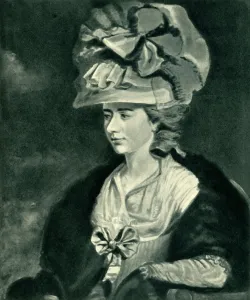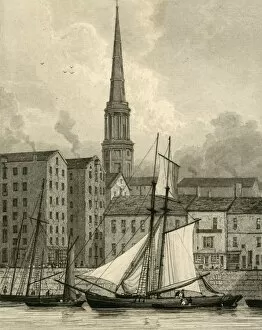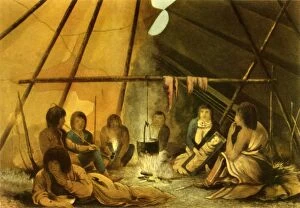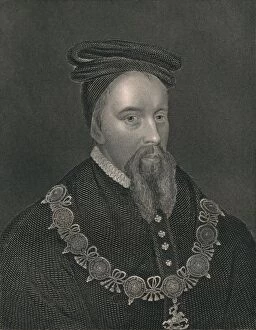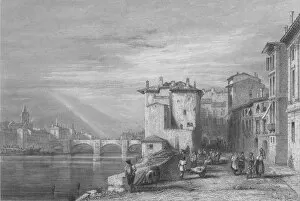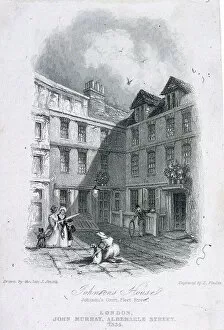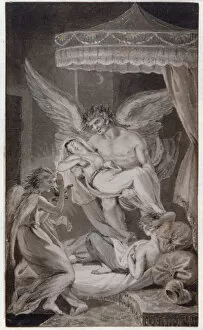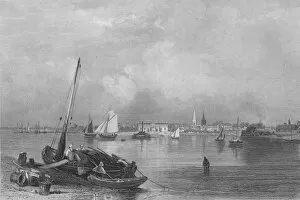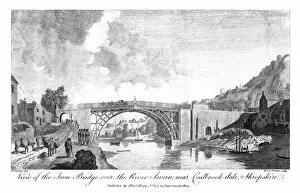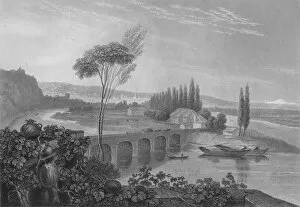Edward Francis Collection
Edward Francis was a versatile artist and engraver who made significant contributions to the art world in the 18th and 19th centuries
All Professionally Made to Order for Quick Shipping
Edward Francis was a versatile artist and engraver who made significant contributions to the art world in the 18th and 19th centuries. Born around the time Fanny Burney published her famous novel, he would go on to leave his mark through his artistic creations. One of Edward Francis's notable works is an enchanting depiction of St. Georges Church from the Docks in Liverpool, which he crafted during the early 1830s. His attention to detail captured not only the architectural beauty but also conveyed a sense of tranquility that emanated from this sacred place. His talent as an engraver is evident in his Certificate of Membership for the Society of Copper-Plate Printers, showcasing his dedication and recognition within this esteemed community during the 19th century. In collaboration with Robert Ashby, Edward Francis contributed to "The Microcosm of London" by creating its captivating title page in 1808. This publication provided readers with a unique glimpse into various aspects of London life at that time. Edward Francis's skills extended beyond landscapes and architecture; he also ventured into capturing cultural diversity. In one such instance, he depicted an interior view of a Cree Indian Tent in 1820. Through intricate details, he transported viewers into another world while highlighting indigenous cultures. Liverpool seemed to hold a special place in Edward Francis's heart as evidenced by his portrayal of The Exchange and Nelsons Monument during the same period as St. Georges Church. These artworks showcased both historical landmarks and celebrated naval hero Admiral Nelson. Not limited to British subjects alone, Edward Francis ventured abroad too. In Verona circa 1832, he skillfully portrayed this Italian city known for its rich history and romantic charm. Edward Francis's artistic range encompassed theatrical scenes as well; one such example being Theatre Royal English Opera House located in Westminster, London during its opening year in 1817 - immortalizing this grand establishment through artistry.

